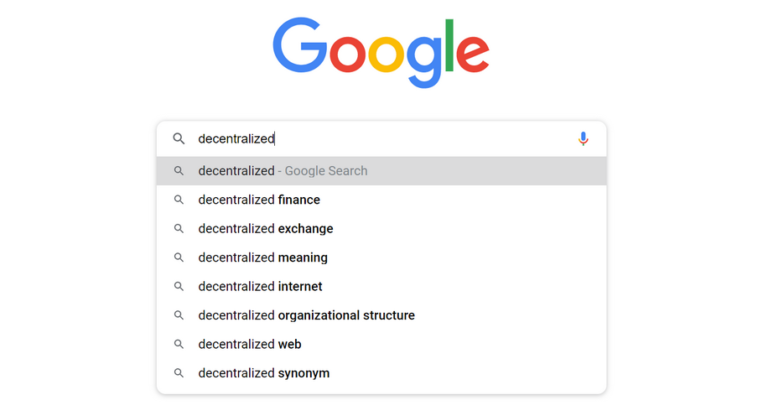
For many investors, one of the biggest draws for cryptocurrencies has the promise of disruption it will bring to the financial and banking industry. Bitcoin itself, recognized by most to be the first cryptocurrency, was born in one of the most defining moments for modern banking, during the global financial crisis of 2009 when several major banks crumbled under a pyramid of bad debt and bad record-keeping.
Even the cryptic message accompanying the very first block of Bitcoin ever created — “The Times 03/Jan/2009 Chancellor on brink of second bailout for banks.” — alluded to the fact that the current system of banking was broken, and money needed to be fixed.
And so it was that the early users of cryptocurrency banded under the common theme of revolt against the banking system, one that was perceived to be corrupt, flawed, and ultimately on the precipice of total collapse. In the years that followed, it was common to see Bitcoin and crypto being proclaimed as the ultimate solution to the problem of money, with phrases like “Be your own bank” or “break the banks” or “down with the banks”.
Some even survive to this day, with the Bitcoin Association of Hong Kong’s current Bitcoin ad campaign plastering the message “Be your own bank” on public transport.
The concept of sovereign money, controlled not by banks and states, was an attractive one.
From disruptive technology to fundamental technology
However, that promise of disruption has been slow to happen. Bitcoin, too, had its flaws… albeit natural teething problems for a technology still considered immature and experimental.
And today, the world of banking has slowly come to accept that it cannot fight a decentralized movement — the many cryptocurrencies that have proliferated have demonstrated themselves resistant to censorship, and people on their own have come to adopt crypto and use it.
So the narrative has changed these days. Blockchain technology and crypto are now no longer seen as disruptive to banking in the sense that they will be displaced by emerging technology. Instead, banks have begun to understand that blockchain and crypto are new fundamental technologies that will play a huge role in the transformation processes that almost every industry must now undergo to survive in the Fourth Industrial Revolution.
Fundamental because blockchain as a ledger technology will change the way that financial transactions are handled today, with important consequences on how traditional banks do business, on how it will enable new, sustainable models, on how it will create new value propositions and on how it will solve old and persistent problems, particularly with the well-recognized advantages of security transparency and security in transactions that nowadays involve increasingly complex scenarios of multiple parties and large amounts of changing data.
Blockchain features that will improve banking
Today, central banks and commercial banks have all at least dabbled in blockchain technologies, with some like the People’s Bank of China even already trialling blockchain-based digital yuan that will look a lot like cryptocurrencies.
With others also experimenting, it’s very possible that the banking ecosystem of the future in a decade may very well survive, but look entirely like how blockchain-based cryptocurrencies operate!
Some of the innovations that will happen as a result include the three specific characteristics that define cryptocurrencies: decentralized, distributed and immutable. In principle, these are entire polar opposites to the legacy banking system which are centralized.
Decentralized network
Cryptocurrencies run on a decentralized network, which simply means that they are based on peer-to-peer computers. Like a bank, each peer handles all operations but has no central authority monitoring all data, so each verifies and validates transactions mutually. This means no middleman, and no central figure dictating what transactions should be, with every peer following a common set of rules and agreeing to it by consensus.
Distributed ledger
Contrary to a single database stored by the bank, cryptocurrencies store its data across the entire network as time-stamped and linked transactions with all past and current transactions permanently recorded and consistently reconciled and updated in a cryptographically secure manner.
This ability to automate trust and transparency among all parties using it makes distributed ledger a huge step in financial innovation on its own because it eliminates the banking problem of having a single point of failure.
Immutability
Related to it being distributed, importantly, this improves security because a malicious actor who wants to change or delete data must do so on ALL these computers, whereas a central database can be easily manipulated. In preserving data forever and permanently, cryptocurrencies gain the feature of having immutable records. Once recorded, the data in any given block cannot be altered without the agreement of all parties and changing all subsequent blocks.
So will cryptocurrencies make banks obsolete?
Simply put, the answer is no. In fact, it has the potential to revive the banking industry and make them even more relevant to the modern consumer who wants and demands transparency and accountability in the global financial system.
In other words, banks will only become obsolete if they refuse to join the eventual tide of decentralized finance.






